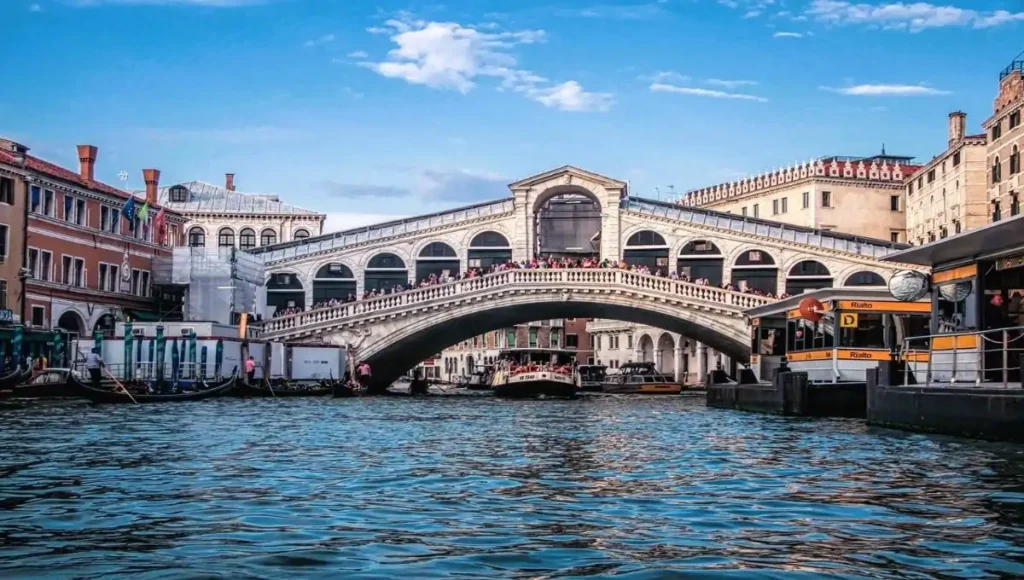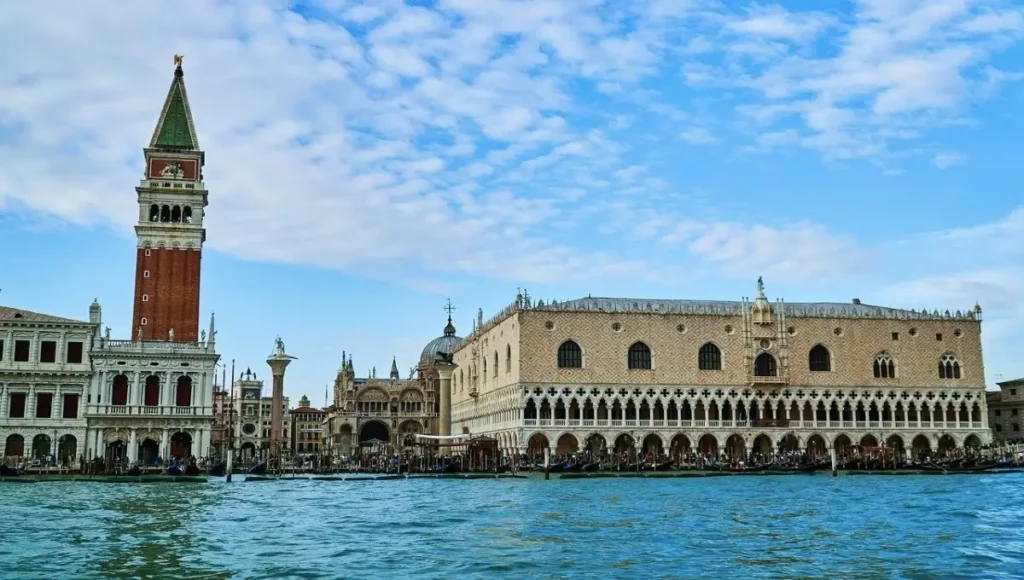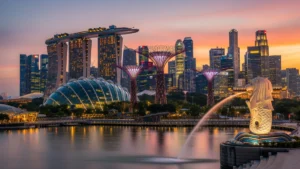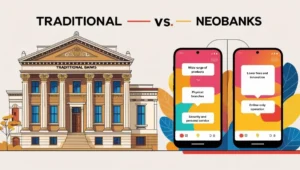Venice is a wonderful city in northern Italy, which consists of six ‘sestieri’ or city districts. Summers can be very hot, which makes it hard to walk for long hours around and fully appreciate this marvelous city. April and May or September to November would be therefore the best time to visit, when it is not too hot, although, there are still plenty of hours of sunshine. Even if one is planning a summer visit, one should keep in mind to carry sun cream, a hat or some head gear.
On the whole, Venice is more suited for day time activities and not active for night life. However, it is a beautiful city to have dinner or a walk in the evening, but maximum action is during the day. Cannaregio area has a lot of life late afternoon and evening, and this would be a very nice area to have an Aperol Spritz. Venice is one of the hottest holiday destinations in the world and gets very crowded in summer and around the major attractions. It is preferable to purchase tickets to popular sights prior to departure.
How to Travel
• Travelling by Air: When arriving at Venice by plane, you will use either a bus or a boat to reach the city. It may take about one hour and thirty minutes by bus while the boat will take approximately between 40 to 70 minutes. There is a boat terminal which is about seven minutes from the airport but costs almost twice that of the bus. You can reach the city by a taxi, which takes around twenty minutes, however, it is very high-priced.
• Travelling by Train: Venice has two large railway stations – Mestre which is situated on the mainland, and the city center station known as Santa Lucia, which is found on Canal Grande approximately near the center of the city. Mestre and the city center are interconnected by means of a long bridge and buses are available for connection between the train station and Piazza Roma.
• Travelling by a Cruise ship: When arriving by a large border transport like a cruise ship, you will dock at the main harbor. It is from this point where a small train will transport you to the city center at a small cost and is referred to as ‘people mover.’ Such tickets are sold at the station.
• Travelling by Road: For visitors that for whatever reason prefer driving there are some parking facilities available. If you want to avoid a toll scenario, parking can be located near the Airport east of Mestre or at Piazzale Roma. The further you move towards the city centre the higher the parking. The most cost-effective option to park is near the airport for a fee as some firms transport customers free of charge to the marine ports.
How To Explore the City
In Venice, the only means of transport available is the pedestrian, you will always walk. This holds true to an extent even though it is true because there are many small steps at the edges of the bridges and the way into the alleys and not many ramps next to them. Throughout the city, you can also find water taxis, gondolas and vaporettos. They can aid in faster movement and are quite useful in going over the Canal Grande or just taking you around the canals.
• Vaporettos: Vaporettos are the water system equivalent of a bus and are one of the more economical modes of transportation within venices.
• Water Taxis: Water Taxis are just what they sound like – taxis, but on water. This said, water taxis are a lot more comfortable than the vaporettos, at least for long distances such as that of an airport. Nevertheless, it does cost money, but the time saved is worth it. Water taxis can be booked in advance to ensure you get to your destination on time and make sure you inquire about the fare before boarding.
• Canal Grande: The Canal Grande is Venice’s biggest canal, and it is the primary path for water traffic in the city. The total length of the canal is approximately 4 kilometres long and up to 30 to 40 meters in width. The Canal starts at the focal point of Piazza Roma and extends through the entire main area into Punta Della Dogana. A boat cruise along the Canal Grande, for instance, is soothing and ideal for taking in the sights of the city. One can cross the Canal Grande, which can be described as wide, using any of the four bridges or a gondola ferry that charges reasonable rates to ferry its passengers.
Things to Do in Venice
1. Piazza San Marco

As the name suggests, the Piazzo San Marco is dedicated to St Mark who is the Patron Saint of Venice, and the church built in his honour is here as well. The capital square of Venice is also called as St Mark’s Square is always teeming with tourists and hence is the most famous. There are the other points of interest close to the square such as the St Mark’s bells tower and Basilica di San Marco.
There is even a smaller square to the right of the Doge’s Palace that reaches the waters, which is known as the Piazzetta. This point is however the start of Canal Grande, and this location is referred to as Bacino di San Marco. It is strongly advisable to visit the square just for a leisurely stroll, for having a good meal or drinks. There is always the option to listen to live bands once the sun sets while the square is gorgeous with fairy lights. Having a meal or drink in the St Mark’s Square is not reserved for the penny-pinching budget.
2. Ponte Della Paglia (Bridge of Sighs)

The Ponte Della Paglia is also called the Bridge of Sighs. It is a bridge whose width is eight meter across the Rio di Palazzo and connects the Doge’s Palace to the newer prison referred to as the Prigioni Nuove. It is believed that the bridge was constructed in the early part of 17th century where it had interiors with two walkways covered by a partition to ensure that the prisoners do not see one another.
While visiting the tossing of the bridge and the prison is a part of the tour of the Doge’s Palace. The bridge of sighs is known by this name because of a story the prisoners used to cross the bridge for the last time tosigh out of the last moment of seeing freedom through the windows of the bridge.
3. Rialto Bridge

The Rialto Bridge is the oldest of the Canal Grande crossing bridges and one of the best-known constructions of Venice. It was inaugurated on the March 20, 1591, and now it has been opened to the public and makes possible a great view of the Canal Grande. The Rialto Bridge is quite a Sacred tourist area so yes it is pretty packed most times but the area around it has decent restaurants and bars at cheap rates with stunning views of the canal.
4. Doge’s Palace

Just short of St Mark’s Square and the Piazzetta, visitors will be able to access the Doge’s palace. It is better to purchase a ticket in advance as you will spend a lot of time in queues otherwise. The tour can last up to around two hours and is definitely worth it, depending on how engaged you are during the Tour it may even last longer. The palace is the historical center and the seat of the Doge and the Venetian government for over 800 years. It is an attractive sight as typical Venice architecture is used in the construction of the palace and also interior as well.
5. Campanile di San Marco

The Campanile di San Marco or St. Mark’s Campanile is said to be the highest tower in Venice. The view of the city from the top is breath-taking. It was built in the twelfth century and used to serve as the navigator’s cue for the city of Venice. Over and over again, it has been reconstructed after restoration works due to earthquakes and fires, today it is a fine sculptural landmark of this great city.
6. Murano

The island of Murano is in fact home to some of the best glassblowers and the remarkable artworks they create. You can hop on Vaporetto lines 4.1 and 4.2 to get to this island. At times, visitors have the chance of observing the glassblowers at work in their studios. You can also go to the Murano Glass Museum, and buy beautiful glass scarves, vases, and jewelry. Remember, however, that if Murano glass is sold at a low cost, it is advisable to examine whether it is genuine as it is carefully made and is of high quality.
7. Gran Teatro La Fenice

It was christened La Fenice, The Phoenix Theatre, owing to the fact that the initial opera house was destroyed due to fire in the year 1773. The opera house was reinstated on March 16, and in the year 1792, it opened to the public under the new identity. Visitors can either purchase a visitor ticket, which enables them to see the concert hall when it is not in use or obtain tickets for events in advance. However, one can be certain that attending a performance in this space will be a memorable experience.
Conclusion
Venice is therefore home to large numbers of beautiful churches, most of which can be accessed for free or at a very low price. The churches have formed an encasing niche by virtue of their architectural properties and the artworks they contain, which portrays a good understanding of the Northern Italian church culture.
Gondola Ride The greatest draw in Venice is probably the banquet of romance or the traditional gondola ride. Up until the 19th century, gondolas were the major means of movement and transport. Although it is not the most economical way of getting around, a gondola takes you around the stunning city from a different angle. Those who work as gondoliers can often be recognized due to their italics striped clothing, most of them speak quite good English and will narrate your stories about the city when passing famous places.











